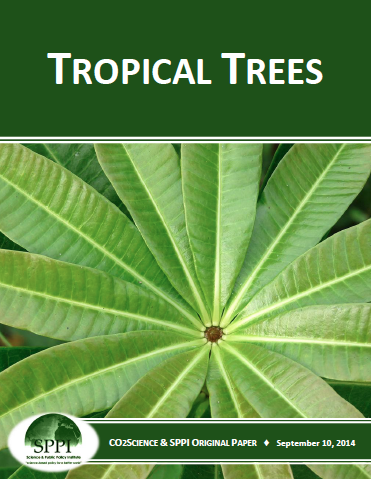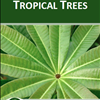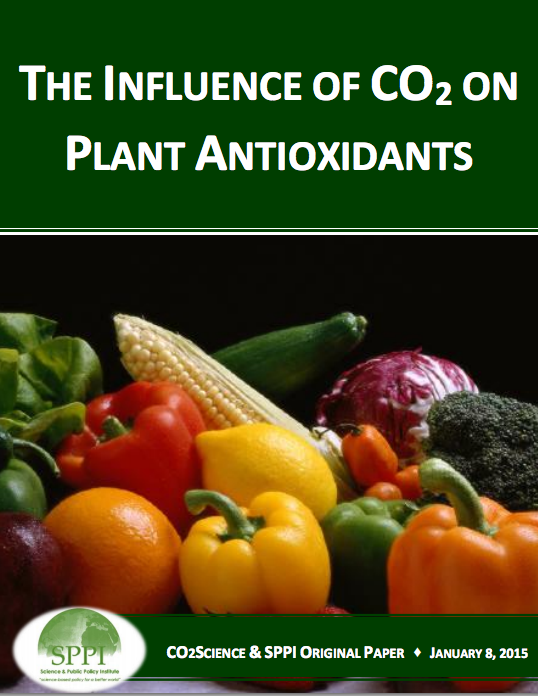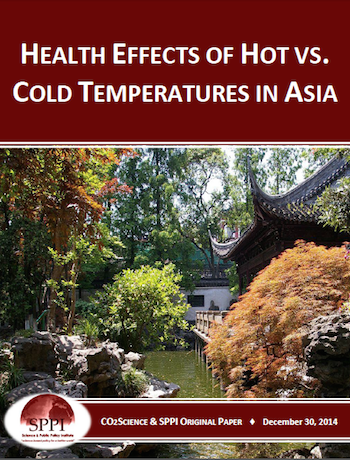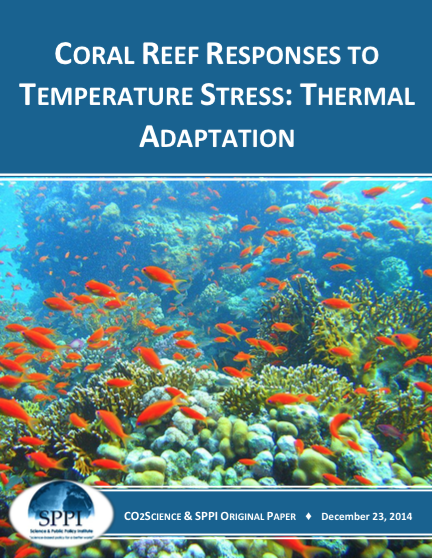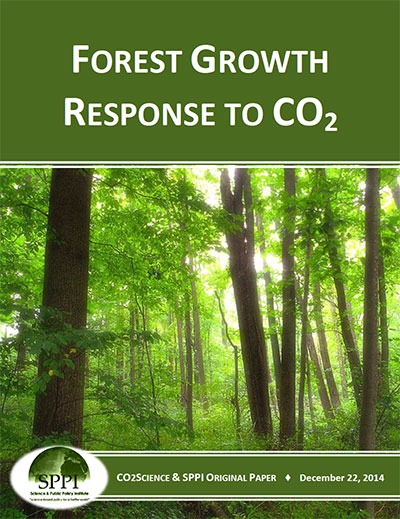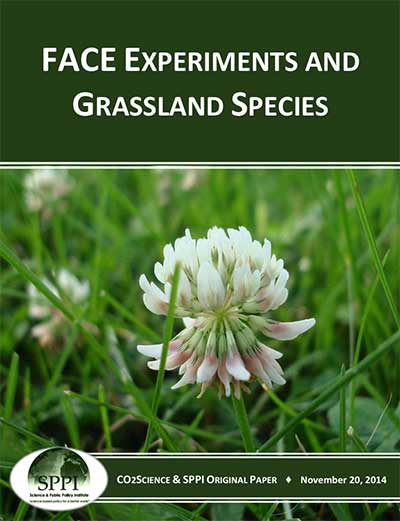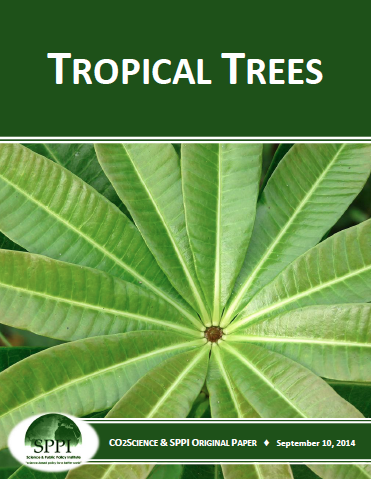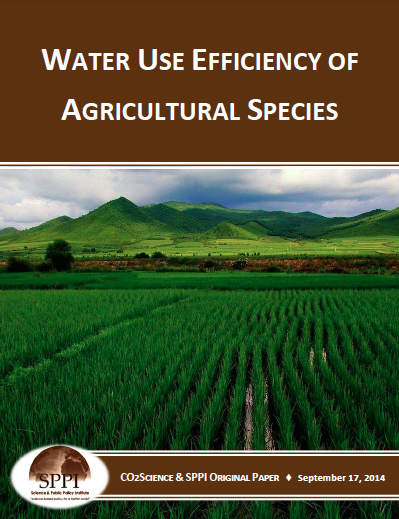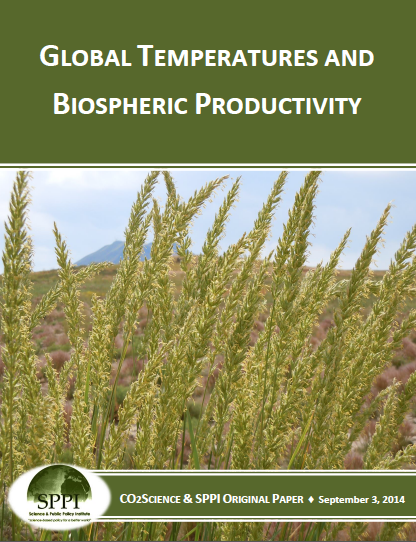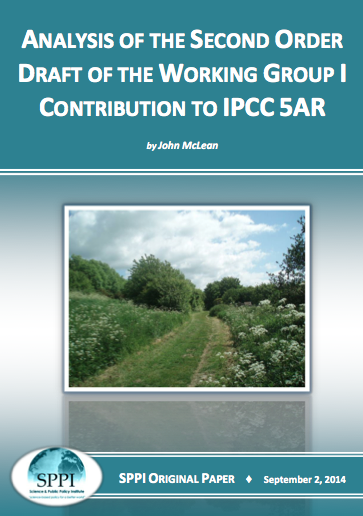Right Now
Tropical Trees
Going back in time to the final few years of the 20th century, Schaffer et al. (1997)1 grew two mango ecotypes - one evolving from a warm, humid tropical climate, and the other from a cool, dry subtropical region - for 12 months in glasshouses maintained at either 350 or 700 ppm CO2 in order to determine the effects of atmospheric CO2 enrichment on the trees' growth and leaf mineral nutrient concentrations. In doing so, they found that in addition to the greater net carbon gains of the CO2-enriched trees, the elevated CO2 tended to decrease foliar concentrations of mineral nutrients (N, P, K, Ca, Mg, S, Cl, Fe, Zn, Mn, Cu and B) in both mango cultivars, most likely due to a dilution effect, since atmospheric CO2 enrichment increased leaf dry mass. But with respect to this latter finding, the scientists who conducted the study wrote that "given the slow rate at which global atmospheric CO2 concentration is increasing, it is possible that plants will adapt to this phenomenon over time with respect to mineral nutrition," as actually was found to be the case in a prior study of sour orange trees after 85 months of exposure to elevated CO2 (Penuelas et al., 1997).
Going back in time to the final few years of the 20th century, Schaffer et al. (1997)1 grew two mango ecotypes - one evolving from a warm, humid tropical climate, and the other from a cool, dry subtropical region - for 12 months in glasshouses maintained at either 350 or 700 ppm CO2 in order to determine the effects of atmospheric CO2 enrichment on the trees' growth and leaf mineral nutrient concentrations. In doing so, they found that in addition to the greater net carbon gains of the CO2-enriched trees, the elevated CO2 tended to decrease foliar concentrations of mineral nutrients (N, P, K, Ca, Mg, S, Cl, Fe, Zn, Mn, Cu and B) in both mango cultivars, most likely due to a dilution effect, since atmospheric CO2 enrichment increased leaf dry mass. But with respect to this latter finding, the scientists who conducted the study wrote that "given the slow rate at which global atmospheric CO2 concentration is increasing, it is possible that plants will adapt to this phenomenon over time with respect to mineral nutrition," as actually was found to be the case in a prior study of sour orange trees after 85 months of exposure to elevated CO2 (Penuelas et al., 1997).
-
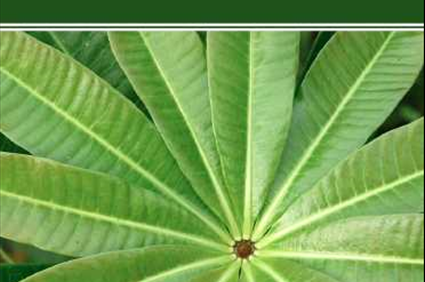 Tropical Trees | Originals
Tropical Trees | Originals
The Science and Public Policy Institute (SPPI) is a nonprofit institute of research and education dedicated to sound public policy based on sound science. Free from affiliation to any corporation or political party, we support the advancement of sensible public policies for energy and the environment rooted in rational science and economics.
-
Tropical Trees
Citation: Center for the Study of Carbon Dioxide and Global Change. "Tropical Trees.”
Sign In to leave a comment
More Posts

Report This Post
Please complete the following requested information to flag this post and report abuse, or offensive content. Your report will be reviewed within 24 hours. We will take appropriate action as described in Findit terms of use.
Thank you. Your abuse report was sent.




